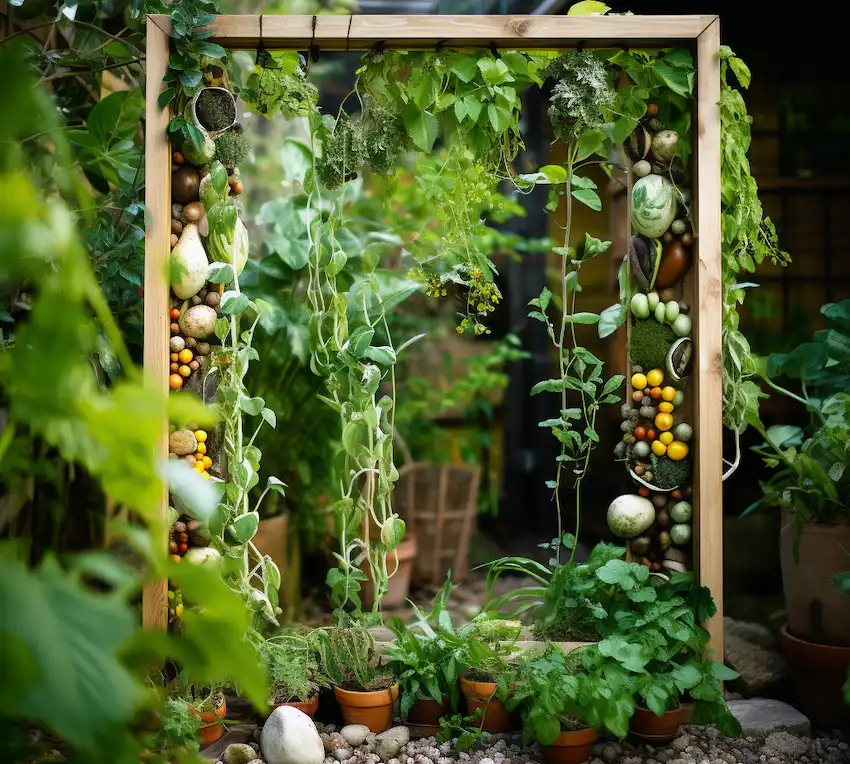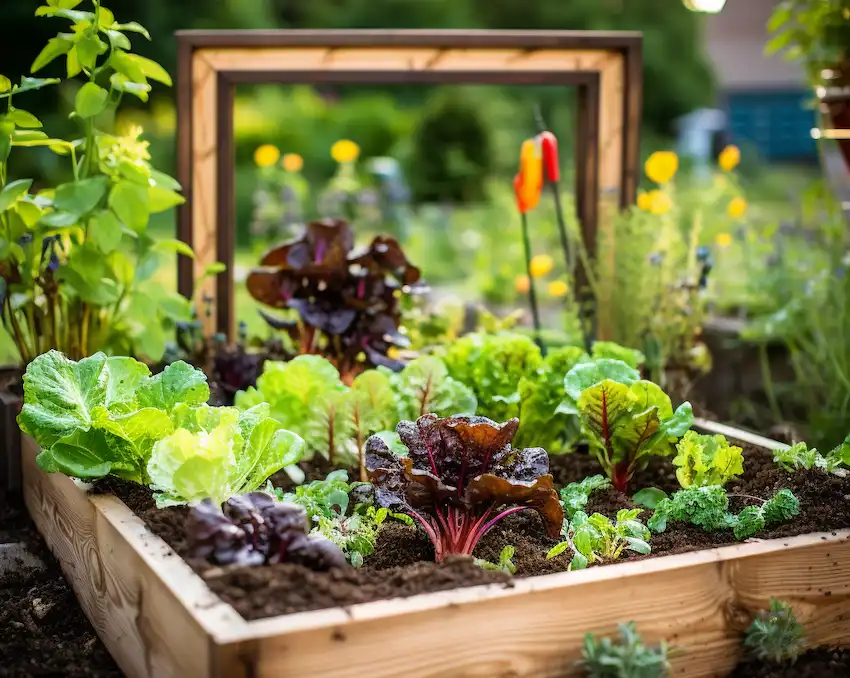Creating a raised garden bed is a rewarding gardening project that can yield plentiful harvests and beautify your outdoor space. Here’s a detailed guide on how to plant a raised garden bed, incorporating best practices and expert advice:

1. Choosing and Preparing the Location:
- Select a spot that receives at least six hours of direct sunlight daily.
- Ensure the site is level and well-draining to avoid waterlogged soil.
- Avoid placing the bed near large trees to prevent shading and root competition.
2. Selecting Materials for the Raised Bed:
- Avoid using materials like railroad ties, tires, and certain pallets that may leach harmful chemicals into the soil.
- Newer pallets marked with “HT” (heat-treated) are safe for use.
- Consider purchasing a raised bed kit if you’re not comfortable building from scratch.
3. Building the Raised Bed:
- Common dimensions for raised beds are 4 feet wide by 8 or 12 feet long, and 12 to 18 inches deep.
- A 4-foot width is ideal as it allows easy access to the center of the bed without stepping on the soil.
- For beds over concrete, aim for a minimum depth of 12 inches, preferably 18 inches.
4. Filling the Raised Bed:
- Use a mix of topsoil, compost, and other organic matter to fill the bed.
- Ensure the soil is loose and well-aerated to promote healthy root growth.
5. Planning What to Plant:
- Raised beds are suitable for a wide range of vegetables, flowers, and herbs.
- Root vegetables like carrots and radishes thrive in raised beds at least 12 inches deep.
- Tomatoes, green beans, peppers, cucumbers, Brussels sprouts, and leafy greens are also great choices for raised beds.

6. Planting and Maintenance:
- Begin planting in early spring with cool-weather crops as soon as the soil is workable.
- Follow the same planting timelines as in-ground gardening, adjusting for frost dates in your region.
- Utilize intensive planting and vertical supports for maximizing yields.
- Regularly check for weeds, pests, and soil moisture.
7. Ongoing Care and Harvesting:
- Monitor soil moisture and water as needed; deeper beds may require less frequent watering.
- Harvest your crops at peak ripeness for the best flavor and yield.
8. Advantages of Raised Bed Gardening:
- Extended growing season due to faster warming and draining soil.
- Better soil control and less compaction.
- Easier access and maintenance, especially for elevated beds.
- Potential for higher productivity and healthier plants.

Raised bed gardening is adaptable, allowing you to grow a variety of plants in diverse conditions, from heavy clay soils to urban spaces. Whether you’re a seasoned gardener or a beginner, raised beds offer a structured, efficient, and aesthetically pleasing way to cultivate a thriving garden.
Inspired by this? Share the article with your friends!